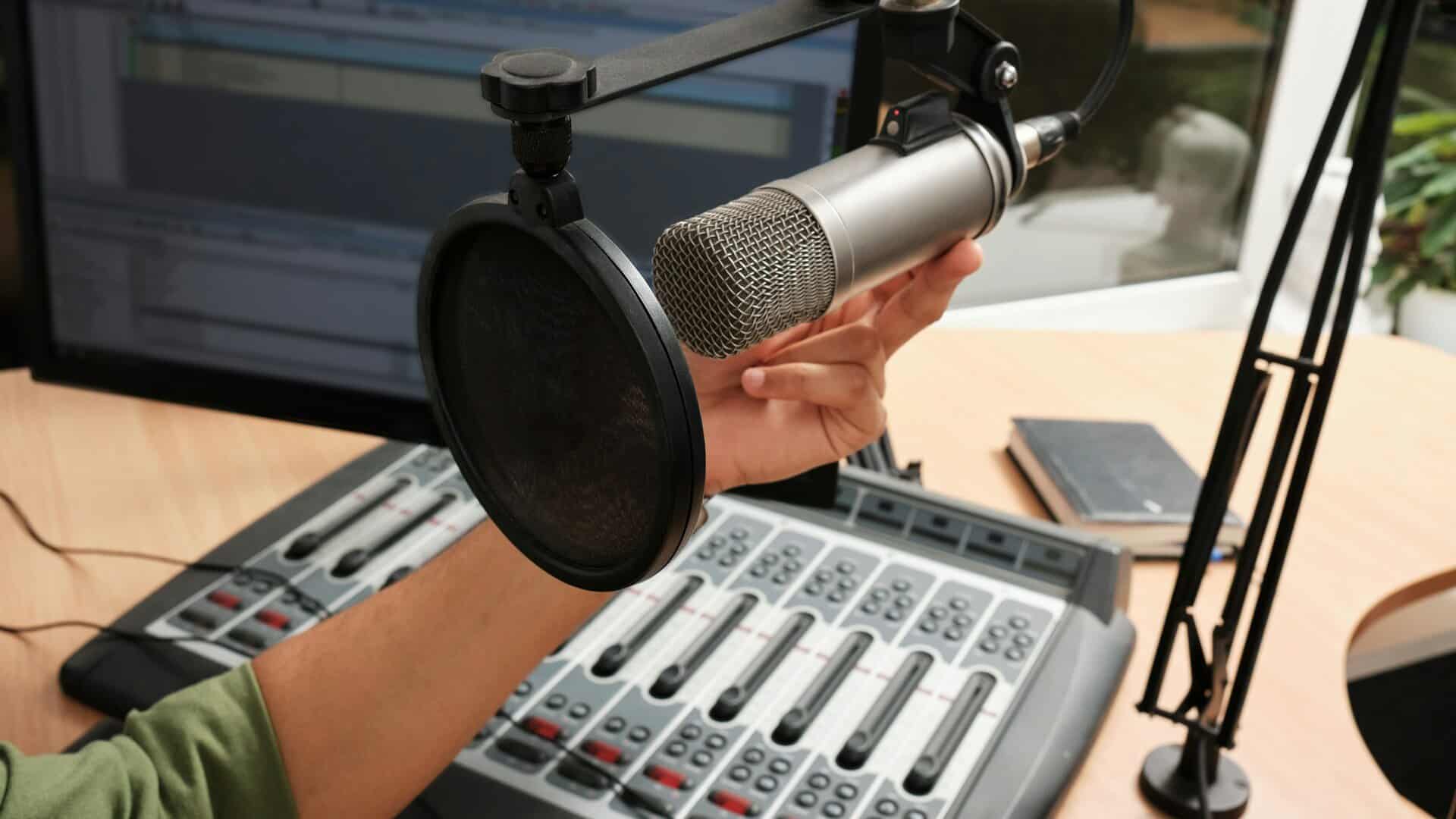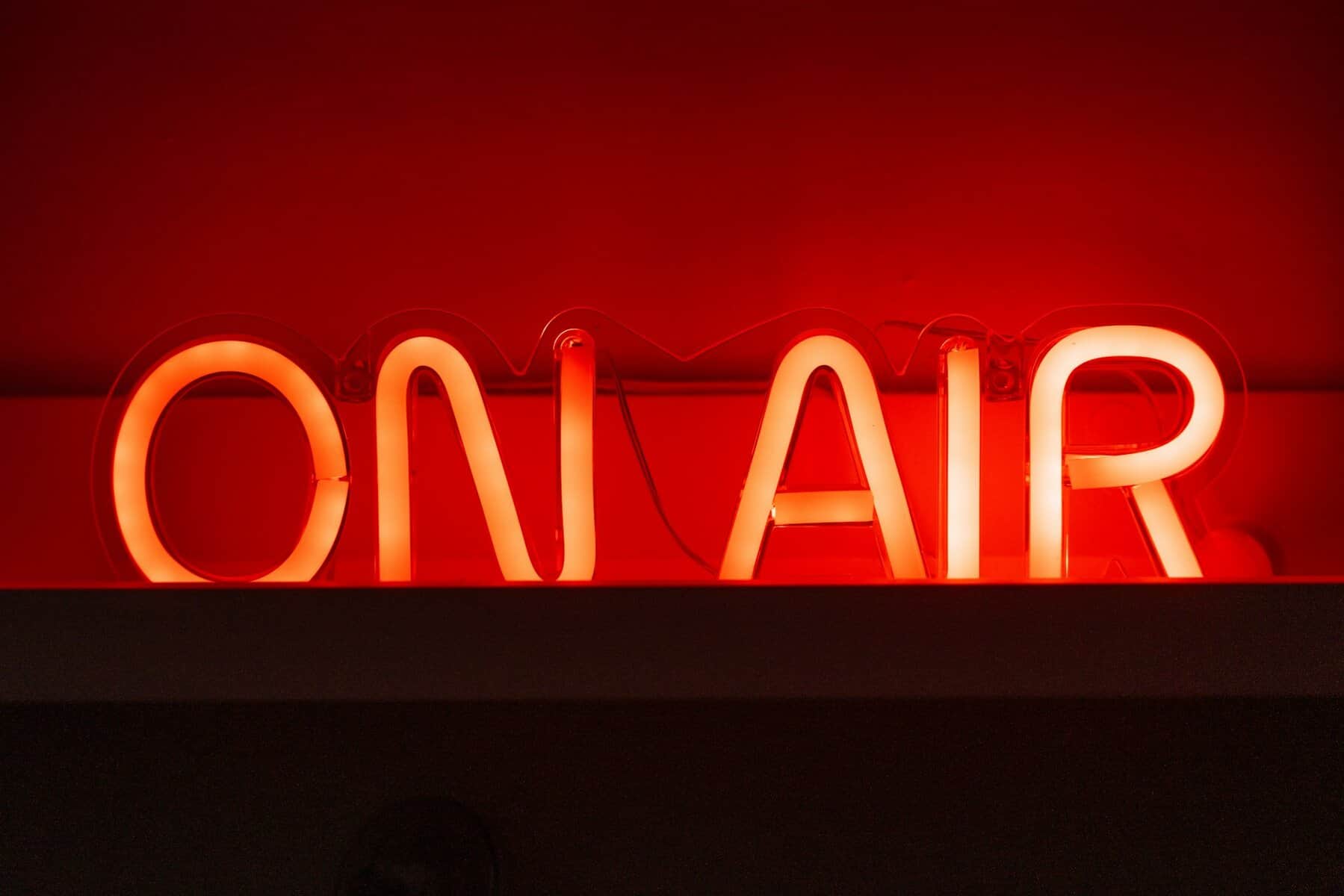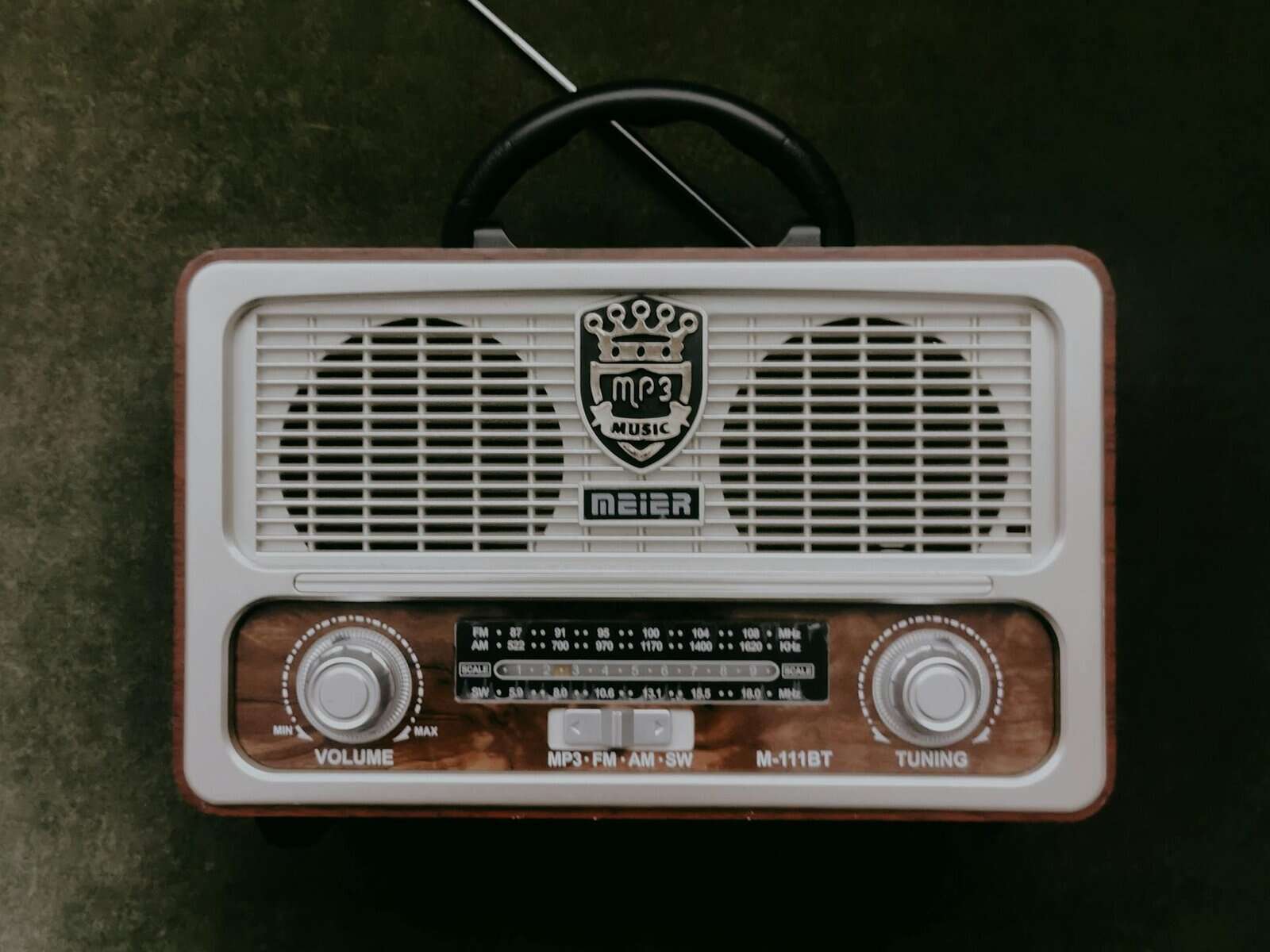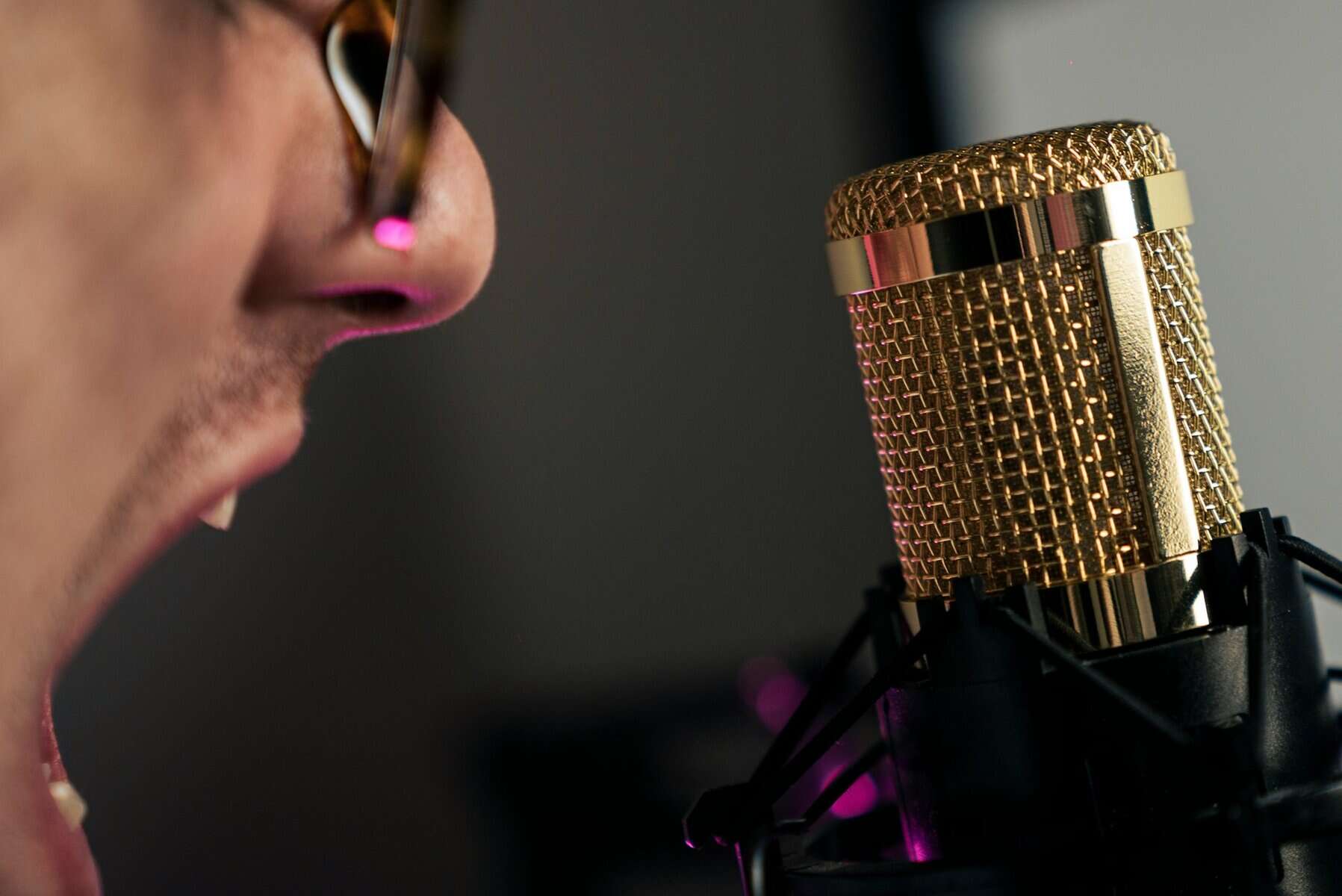Radio ads thrive on creativity. A creative ad grabs attention, sparks interest, and can make a lasting impact. When listeners hear something fresh and exciting, they’re more likely to remember the brand behind the message. In a world filled with noise, standing out means being different, and that’s where creativity comes in.
Creative radio ads often paint vivid images in listeners’ minds. They use a mix of engaging scripts, captivating sounds, and catchy music to make the message clear and memorable. This blend of elements transforms a simple ad into a story or experience that listeners enjoy and look forward to.
Every day, people are bombarded with countless ads. To capture and keep their attention, creativity is key. It fuels the imagination and leaves a mark that’s hard to ignore. Creative radio ads don’t just sell a product; they connect with the audience on a personal level, making products and brands unforgettable.
Understanding Creativity in Radio Ads
Creativity in radio advertising turns ordinary messages into memorable experiences. It involves thinking beyond the usual to craft ads that stand out. In radio, creativity means using words, sounds, and timing in innovative ways to capture a listener’s attention. It’s about crafting stories that resonate and using the tools of sound to paint mental pictures.
Creative radio ads break away from the mundane. They make listeners stop and think or even laugh. Creativity is crucial because it transforms a basic message into something interesting. Without creativity, an ad risks blending into the background noise. With it, the ad speaks directly to the listener, grabbing attention and holding it.
Capturing and maintaining attention in radio requires an effective hook. A creative ad opens with something unexpected, be it a surprising sound or an intriguing question. Just as importantly, creativity keeps listeners engaged by maintaining a compelling and clear narrative. This connection urges the audience to stay tuned and curious about what’s next, making them more likely to remember the brand.
Elements That Boost Creativity
Several key features can enhance creativity in radio ads, turning an ordinary message into an engaging story. Unique scripts top the list. An ad with a fresh and original script pulls listeners in by either telling a compelling story or presenting a witty dialogue that amuses.
Sound effects bring stories to life. They make ads immersive and memorable by setting the scene or adding tension and humor. A well-placed sound effect can make a product feel more tangible and relatable. Consider using sounds that evoke scenes related to everyday life or fantastical places to trigger the listener’s imagination.
Music enhances the mood of a radio ad. The right song or jingle provides energy and emotion, ensuring the message leaves a lasting impression. Choosing music that resonates with the target audience can enhance how they feel about the brand.
Examples of creative approaches include:
– Unexpected Twists: Start in one direction and then surprise listeners by changing the narrative unexpectedly.
– Relatable Characters: Use characters that listeners can identify with, making the ad feel personalized.
– Humor: Incorporate jokes or funny situations to entertain and keep interest.
By leveraging these elements, radio ads can rise above the rest, ensuring they don’t just convey a message but create a lasting impact that listeners remember.
Challenges and Solutions in Creative Radio Ads
Creating a creative radio ad comes with its own set of challenges. One common obstacle is time constraints. Radio ads need to deliver their message quickly, usually in just 30 to 60 seconds. This limited time window can make it difficult to create a compelling story or to fit in all the necessary information.
Budget limits can also pose a challenge. Crafting high-quality ads often requires resources for professional voice talent, music, and sound effects. When budgets are tight, it might seem challenging to achieve a polished final product. However, creativity can often thrive within constraints, leading to innovative solutions.
To conquer these challenges, consider the following solutions:
– Prioritize Key Messages: Focus on the core idea and trim any excess. Stick to the main points to make the ad impactful.
– Utilize In-House Talent and Resources: Tap into the creativity of your team and use available resources creatively. Sometimes, simple sound effects can add a big impact.
– Plan Effectively: Use a storyboard to lay out your ad. Planning helps ensure all elements fit within the time limit.
By thinking creatively about solutions, you can overcome the hurdles and produce effective radio ads that connect with your audience.
Measuring the Impact of Creative Radio Ads
After crafting a creative radio ad, gauging its success is crucial. There are several methods to evaluate the effectiveness of these campaigns. One popular approach is measuring listener response through surveys and feedback during and after the ad airs. This direct feedback helps determine whether the ad resonated with its audience.
Tracking brand recall and engagement is another effective method. An increase in brand mentions, searches, or website visits after the ad airs can indicate its success. Furthermore, analyzing sales and conversion rates can help assess if the ad drove desired actions.
Consider these metrics to measure your radio ad’s impact:
– Audience Reach: Determine how many people heard the ad and how many times they listened.
– Engagement Levels: Track changes in social media interactions, website traffic, or call volume.
– ROI Analysis: Compare the cost of the campaign against sales increases or improved brand awareness.
By measuring these factors, you can understand the strengths of your creative approach and refine future campaigns for even greater success.
Conclusion
Creativity lies at the heart of impactful radio ads. It transforms the listening experience, making simple messages engaging and memorable. Through the clever use of scripts, music, and sound effects, ads grab attention and foster a connection with the audience. Addressing challenges with thoughtful solutions ensures creative ideas flourish within any constraints. However, the journey doesn’t end with the ad’s broadcast. Measuring its impact allows for continuous improvement, ensuring each campaign is better than the last.
Crafting unforgettable radio ads requires creativity, strategy, and reflection. It’s about understanding the audience and using creativity to resonate with them deeply. Killerspots Agency specializes in bringing creativity to life in radio advertising. We’re here to ensure your radio ads not only reach your audience but also leave a lasting impression. Explore the possibilities with us and watch your brand soar.
















